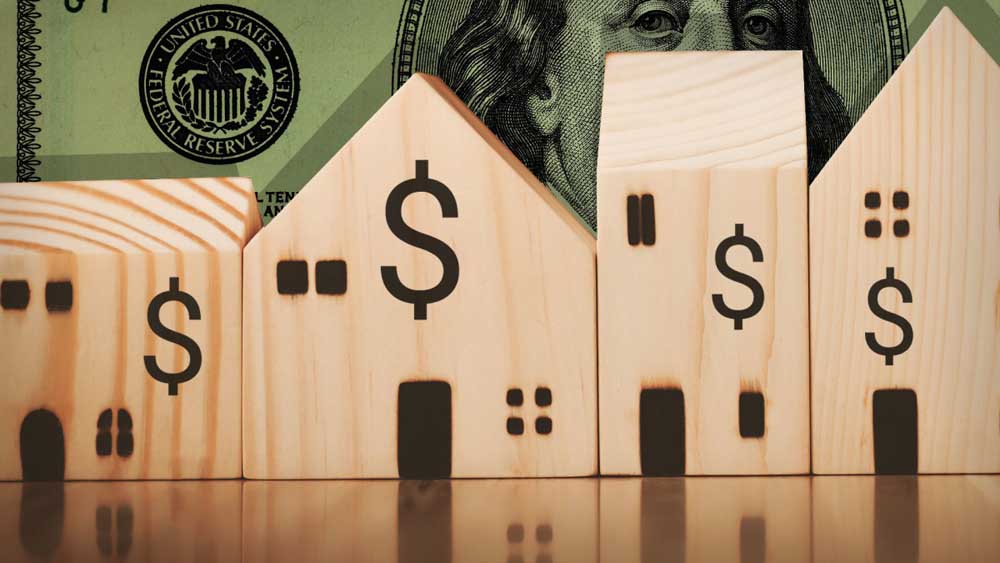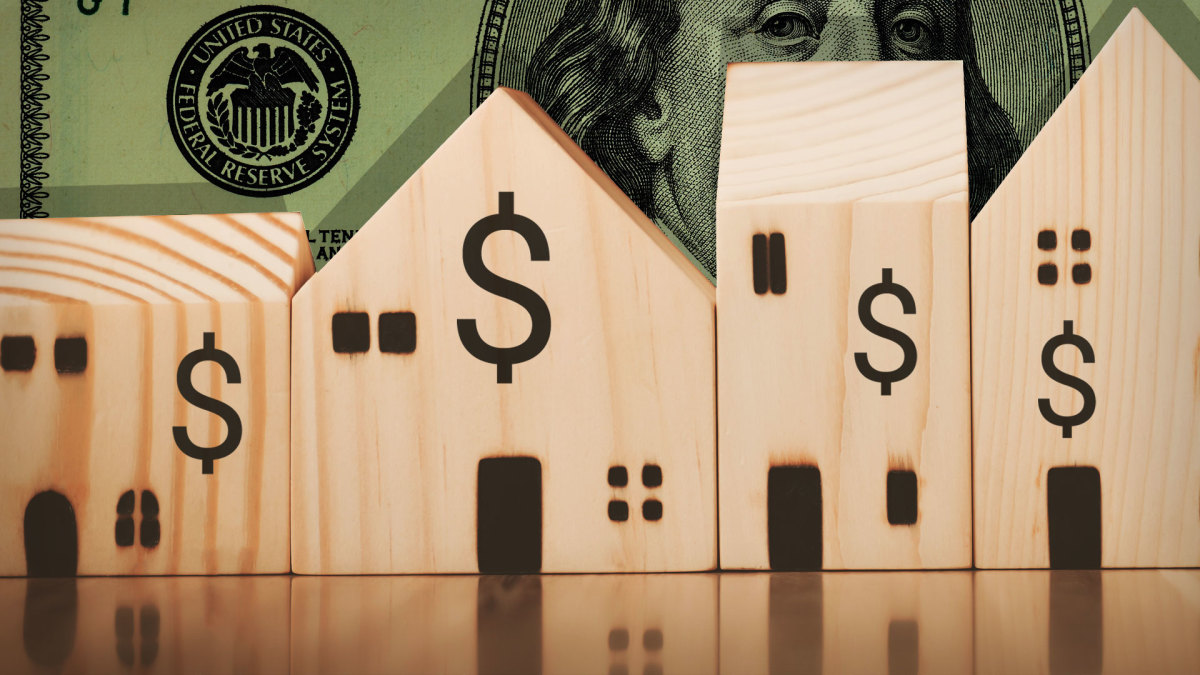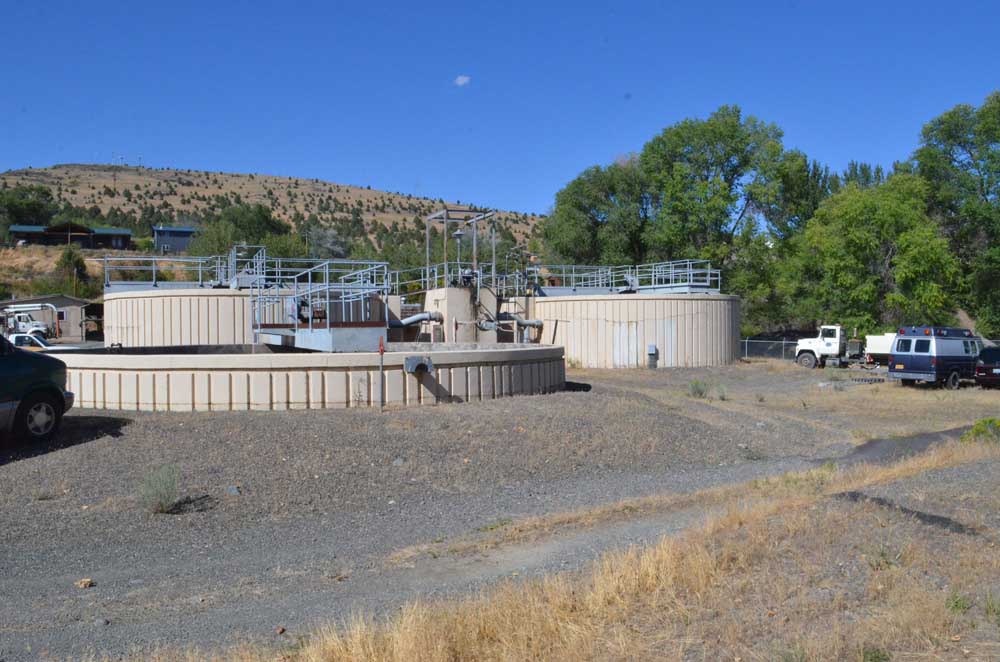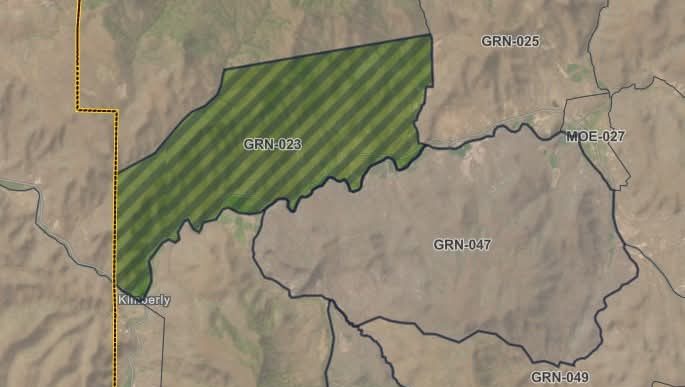Veteran analyst unveils bold interest rate prediction
Published 5:06 pm Wednesday, February 14, 2024

- Analyst Bruce Kamich revamps his interest rate target.
The federal funds rate has increased by 5.25 percentage points since spring 2022, driving Treasury yields higher and 30-year mortgage rates to levels last seen in the 1990s.
Trending
The increase in interest rates has contributed to housing becoming increasingly unaffordable, thwarting many would-be homebuyers.
Those hoping to buy a home got a reprieve when 10-year Treasury note yields used by banks to set mortgage rates dipped after peaking near 8% in October. However, yields are climbing again, leaving many wondering what could happen next.
Real Money Pro’s Bruce Kamich is one analyst who hasn’t been surprised by the moves in interest rates.
Trending
Kamich, an analyst with over 50 years of market experience, accurately forecasted in 2022 that rising 10-year Treasury yields would cause mortgage rates to reach 8%. Then, in November, he correctly said that 10-year Treasury yields would fall, taking mortgage rates with them.
Kamich recently updated his interest rates analysis, resulting in a new outlook that will likely surprise many.

Image source: Shutterstock/TheStreet
The Fed’s inflation war hits a speed bump
The Federal Reserve’s dual mandate requires it to set interest rates at levels that support low inflation and unemployment. That’s been no easy feat since Covid upturned everything in 2020.
The pandemic caused the central bank to embrace a zero-interest-rate policy to spark economic activity and keep workers employed. Its efforts worked so well that economic growth caused inflation to soar in 2022, forcing it to shift gears by embarking on the most hawkish rate hike policy since Paul Volcker declared war on inflation in the 1980s.
Related: Inflation delivers knockout blow in stocks’ ‘Fight the Fed’ battle
The combination of higher prices because of inflation and higher lending rates because of the Fed has squeezed companies and households. Businesses have slowed growth and hiring plans while workers have shifted spending to necessities from discretionary purchases.
As a result, the economy cooled in the first half of 2023, reducing corporate profits before rebounding in the year’s second half.
The good news is that the Fed’s efforts have caused inflation to retreat, with prices for goods and services slipping from year-over-year growth near 9% in mid-2022 to 3.1% in January.
The bad news, however, is that progress to get inflation down to the Fed’s 2% inflation target has become harder to come by. The Consumer Price Index, or CPI, was 3% in June 2023, so it’s essentially unchanged since last summer.
Rates may remain higher for longer
Homeowners have remained unwilling to give up Covid-era mortgage rates below 3%, limiting the supply of homes for sale and causing home prices to climb.
According to the National Association of Realtors, in December, existing home sales were down 6%, and median home prices increased 4% to $382,600 from one year ago. It was the sixth month of consecutive year-over-year price increases.
High prices are frustrating homebuyers, and unfortunately, there may not be a lot of help in terms of lower rates over the long term.
More Real Estate:
- Elon Musk Warns About a New Housing Crisis Worldwide
- These Affordable US Real Estate Markets Are Under the Radar
- Dave Ramsey Explains Why Now Is a Great Time to Buy a House
A technical analyst, Kamich analyzes interest rate trends rather than parsing Fed speeches for clues into what could happen in the future.
His technical analysis allowed him to accurately predict higher rates in 2022 and the short-term downtrend in rates last November.
His latest analysis won’t make many people happy.
“Yields can and do trend for years. Interest rates started to rise when I was born in 1951 and did not peak until 1981. The 30-year rising trend in yields was followed by a 40-year decline,” says Kamich. “The 10-year is now above the 50-day and 200-day moving average lines. The trend-following Moving Average Convergence Divergence (MACD) oscillator is above the zero line.”
There’s no telling if we’ll see a multi-decade trend of higher rates again, but for now, at least, the recent rise in the 10-year yield above 4.25%, putting it above the intermediate- and long-term moving averages isn’t encouraging.
Even more discouraging is Kamich’s point-and-figure chart calculations of potential interest rate targets.
He used a daily P&F chart to calculate a 5.25% target that exceeds the peak yield last year. A weekly P&F chart calculated an even more startling 8.1% target yield.
Since banks usually add 1.5% to 3% to the 10-year yield to set 30-year mortgage rates, Kamich’s targets are unwelcome news to homebuyers.
Related: Veteran fund manager picks favorite stocks for 2024









